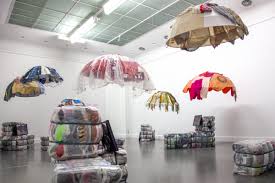Geography 217 Final
5.0(1)
Card Sorting
1/140
Earn XP
Description and Tags
Lectures 15-23 for the second half of Geog 217 - Cities in the Modern World
Study Analytics
Name | Mastery | Learn | Test | Matching | Spaced |
|---|
No study sessions yet.
141 Terms
1
New cards
What are some key issues in the urban Global South?
Rapid urban growth, housing shortages, inadequate infrastructure, growing inequalities, exacerbation of existing social divisions
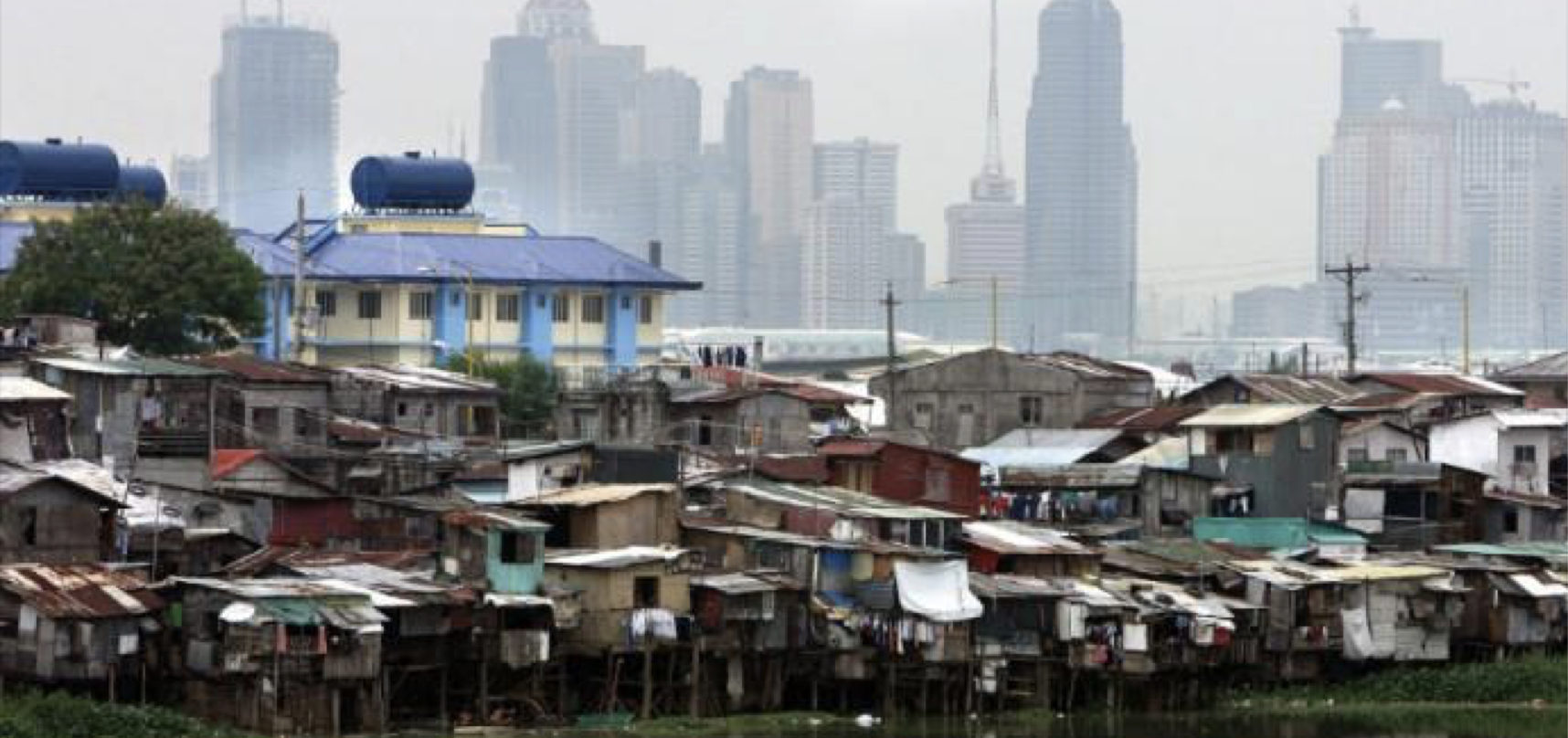
2
New cards
What are some results of private, gated mega-developments?
Urban fragmentation, growing gaps between rich and poor, uneven access to water and electricity, fewer “spaces of encounter” between different ethnic, religious, and socio-economic groups
3
New cards
Speculative urbanism
The financialization of real estate; an investment strategy; ex. Forest City has purchased apartments but low occupancy rates; AirBnbs take away housing from the rental market
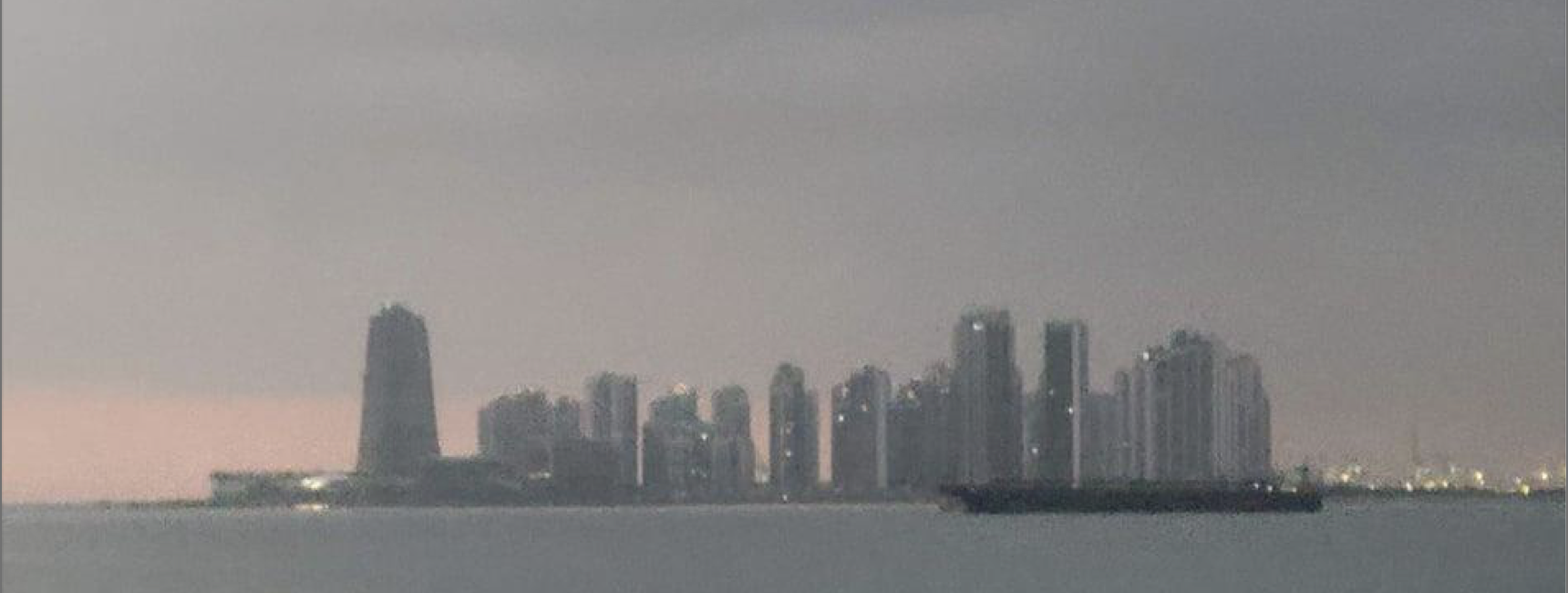
4
New cards
Spatiality
A term geographers use to indicate that space and society are mutually constitutive
5
New cards
Scale
A conceptual arrangement of space
6
New cards
Place
Locations instilled with meaning; ex. regions, nations, the globe
7
New cards
Why do urban geographers tend to approach cities as processes?
Cities are always changing, sometimes quick, sometimes slow, but always connected to larger forces (social, political, cultural)
8
New cards
Socio-Spatial process
A phrase indicating the mutually constitutive relationship between society and space
9
New cards
Elites
Small groups of people that control large amounts of capital, political power, or social and cultural influence; often exercised through institutions like the state
10
New cards
Urbanization
The process of becoming more urban → represents and reinforces a division of labor in society
11
New cards
Commodification
The process by which an object, product, capacity, labor, belief, representation, or piece of land is converted into an element of market exchange by being assigned a price
12
New cards
How can we understand urban development?
As the creation, destruction, and recreation of urban built environments - land, buildings, and infrastructure - for the purposes of building and utilizing value of different sorts
13
New cards
Uneven development
The unequal patterns of growth and decline that emerge under capitalism → contradicts classical economists’ argument that the economy tends toward equilibrium
14
New cards
What was Simmel and Wirth’s notion of urbanism?
They believed that urbanites were more alone than their rural counterparts; blasé, individualistic, unconcerned attitudes with no concern for others and no eye contact → later studies questioned these assumptions, arguing that although urbanites might prefer separation from others, they are also involved in building strong community bonds at home in their neighborhoods
15
New cards
State
The groups of institutions that govern society; a crucial actor in the process of developing cities
16
New cards
Planning
The institution of the state that is primarily responsible for designing and managing how flows of investment circulate in and out of the built environment
17
New cards
Zoning
A key tool of contemporary planning; when decision are made in which different land uses are separated from each other in a manner that is written down in policy documents and is therefore predictable
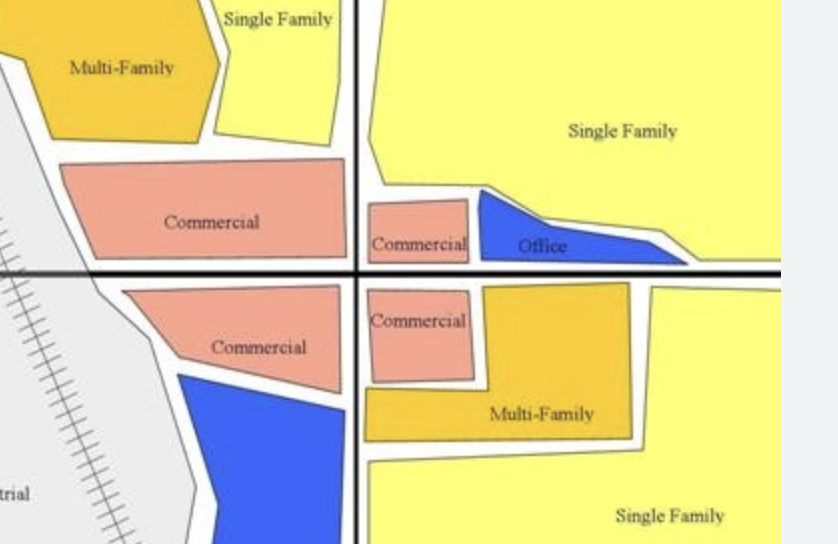
18
New cards
What has been the effect of the neoliberalization of the state since the 1980s?
More elements of planning have been made private
19
New cards
Bid rent theory
Assumes that the most expensive land is that located closest to the city center → land’s value decrease outward
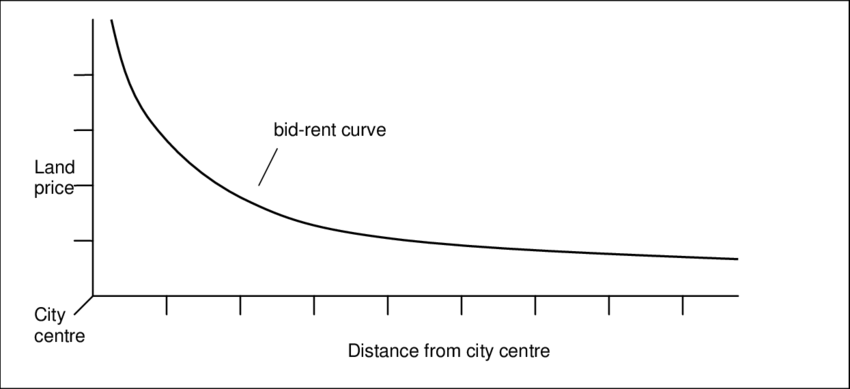
20
New cards
Are there more people living inside the Southeast Asian region or outside it?
Inside
21
New cards
The informal sector
People who work for themselves; dominates many countries in the Global South but are banned from new gated communities
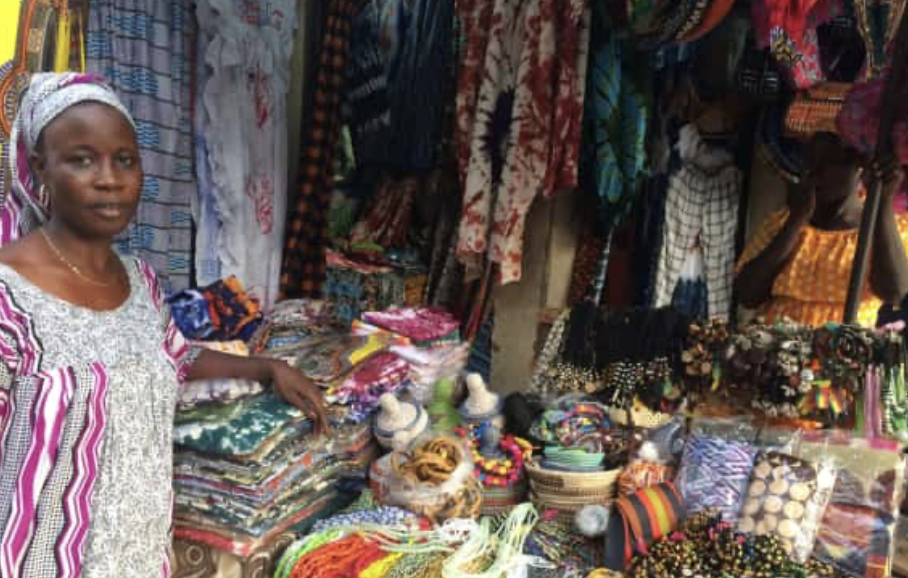
22
New cards
Forest City
Built in Malaysia on artificial land for a population of 700,000 people but will only be 30% occupied at any given time; ghost city
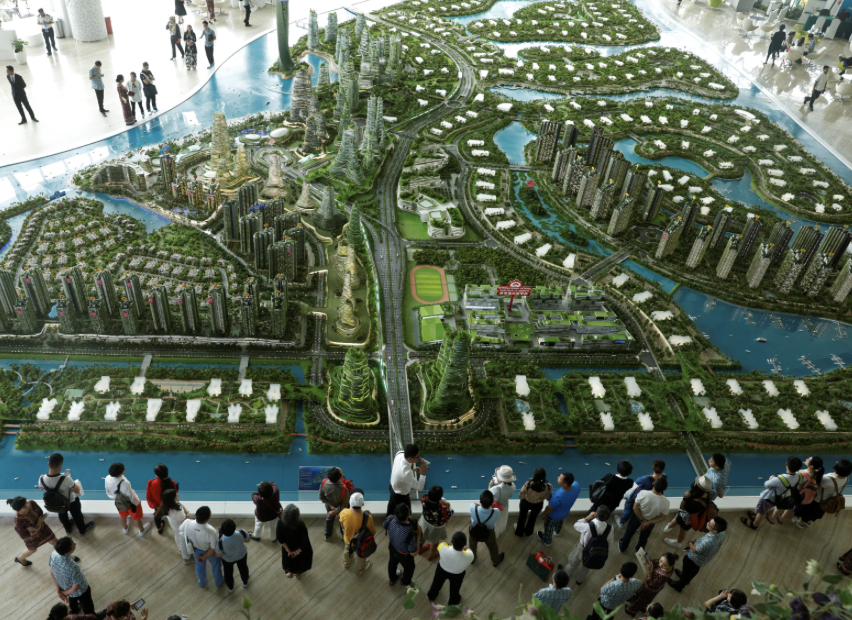
23
New cards
What are 2 major issues facing modern cities?
Air and water pollution and food security
24
New cards
2008 baby formula crisis
Tainted baby formula in China killed and hospitalized many babies; people went outside the country, got baby formula, and came back to China → caused a global crisis and demonstrated the lack of faith the Chinese had in their government

25
New cards
What have been strategies to transform economies?
City-centric economic development and investment in the knowledge economy (as opposed to agriculture)
26
New cards
Konza Techno City, Kenya
“Silicon Savannah” → overt attempt to shift economy from agriculture to a digital age
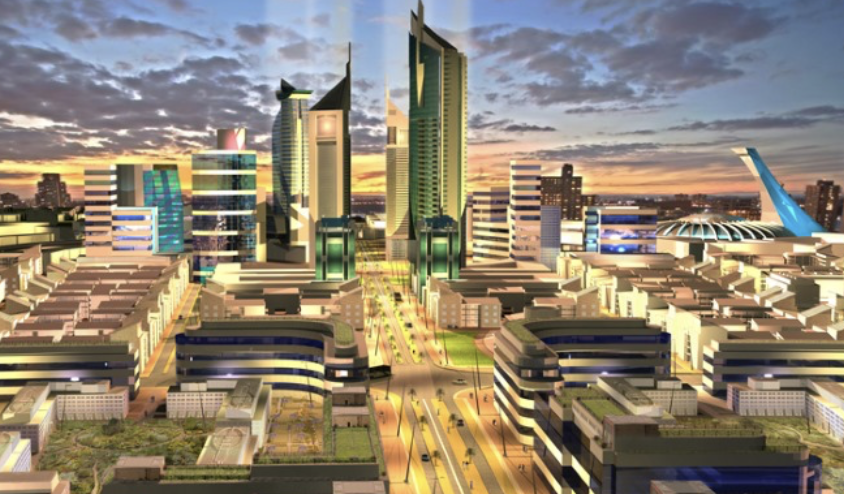
27
New cards
Right to the city
Coined by Henri Lefevre to describe working class struggles for political participation and access to physical spaces in the city
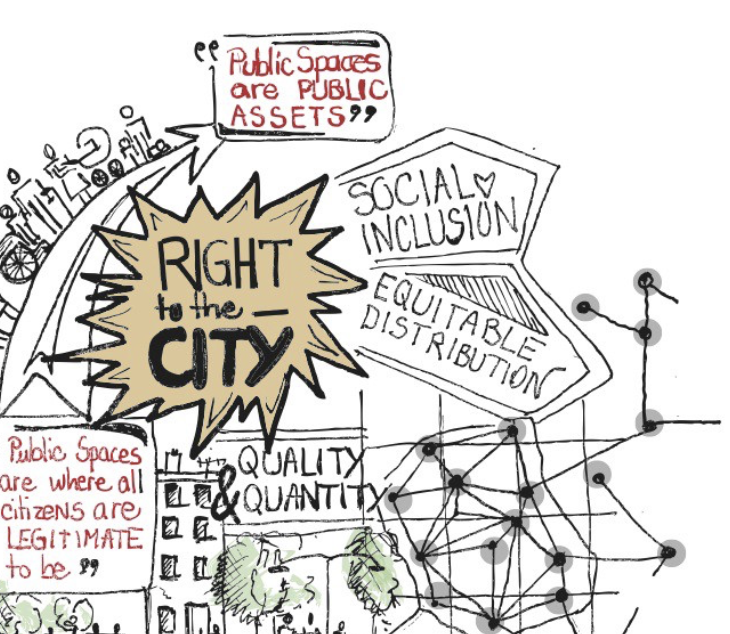
28
New cards
Global cities
Conceptualized with the global economy in mind
29
New cards
David Harvey
An influential urban geographer who argued that to understand and change cities for the better, we must shift the focus away from seeing urban problems solely in terms of their physical, cultural, or environmental characteristics - wider forces and contexts must be dismantled, not merely tweaked through zoning regulations
30
New cards
Speculation
Investing in buildings or land, not primarily to use, but to hold for a period of time, in the hope that their price on the market will increase so they can be sold again for profit
31
New cards
Gentrification
The process by which urban neighborhoods, usually the home of low-income residents, become the focus on reinvestment and resettlement by middle classes
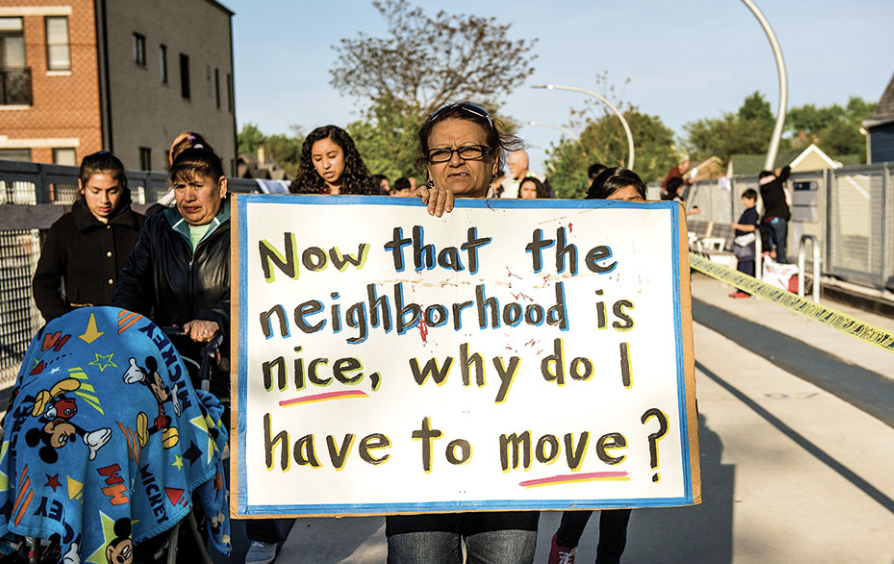
32
New cards
Sweat equity
A term that refers to the increase in value of building, usually a dwelling, that comes from the labor put into renovations by its owners, rather than paying a contractor to do the work
33
New cards
Rent gap
As land and property values in parts of the central city undergo decline, a gap emerges between the actual value of property and its potential value should the property ever be redesigned to its highest and best use
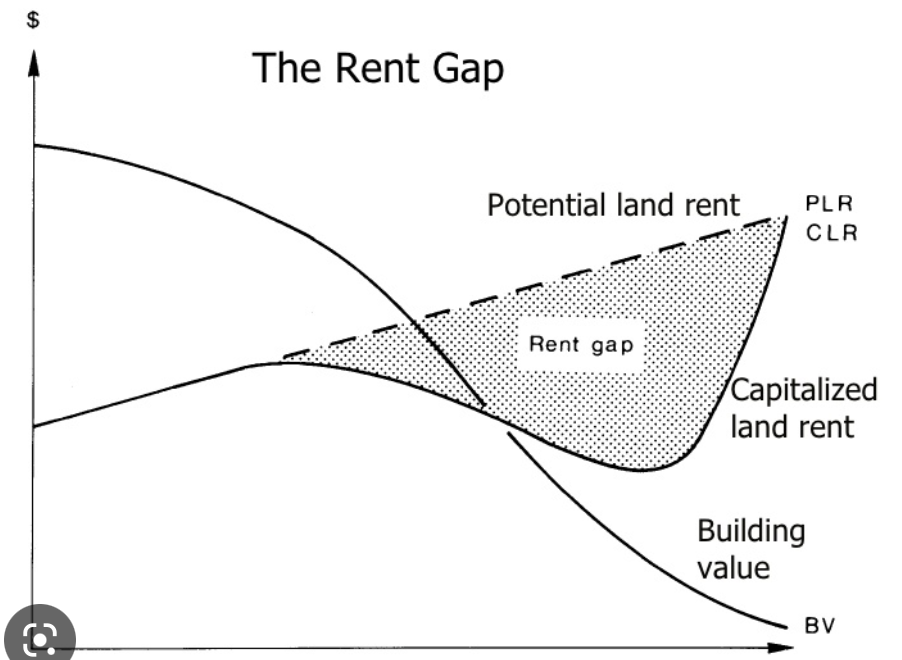
34
New cards
Social mix
The notion of different social groups living together in proximity to one another → problem is that it assumes an equal playing field between people, but people who have more resources and stronger property rights have a clear advantage
35
New cards
Neoliberalism
An ideology and diverse set of policies and practices based on the idea that the private market and so-called market mechanisms offer the best way to organize and govern society
\
Assumes that the competitive free market is the most efficient way of organizing the economy and society in general - in cities, this is manifested in the outsourcing of state activities to the private sector ex. if you can afford water, you get it
\
Assumes that the competitive free market is the most efficient way of organizing the economy and society in general - in cities, this is manifested in the outsourcing of state activities to the private sector ex. if you can afford water, you get it
36
New cards
Hegemonic neoliberalism
In which every aspect of social life is subject to the needs of the market
37
New cards
Occupy movements
Usually involve the visible taking of urban space to make an argument for a different organization of society and the global economy
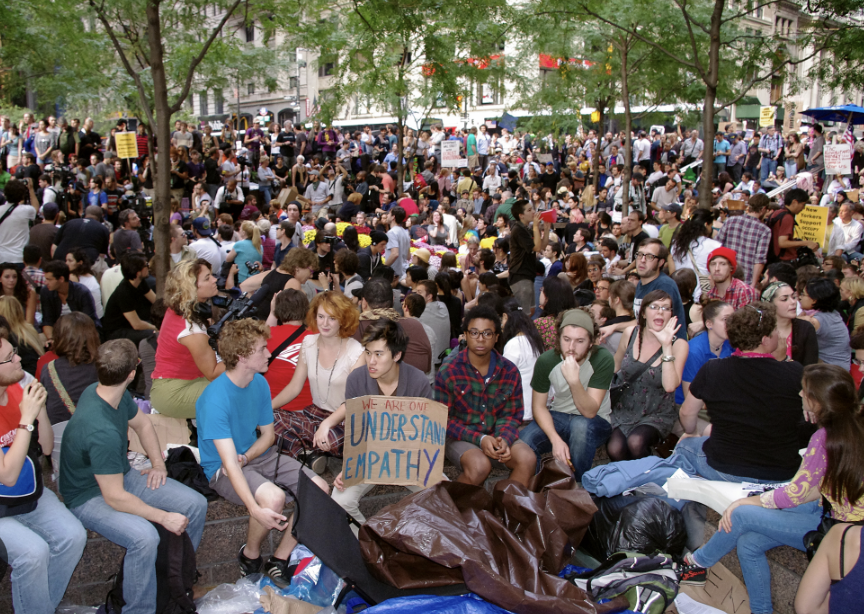
38
New cards
Worlding
Global South cities and people are positioned within a global regime of material and symbolic through which they tend to be understood only through reference to dominant global North perspectives
39
New cards
The myth of the American Dream
Impoverished but hard-working immigrant are believed to be able to move up the socioeconomic hierarchy and move out of the inner city to bigger and better housing in the suburbs → means that many people believe that neighborhoods are natural areas for particular populations and that neighborhood change is diserable
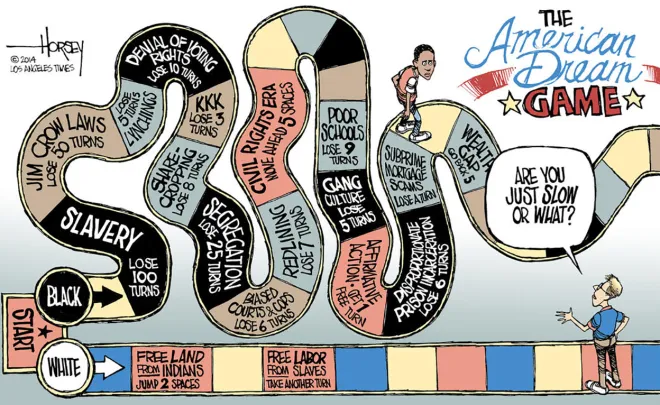
40
New cards
Mixed neighborhoods
Assumes to be healthier, safer, vibrant, and beneficial for low-income people → provide employment and social connection
\
The reality is that benefits promised for low income groups do not materialize and social cohesion fails to happen
\
The reality is that benefits promised for low income groups do not materialize and social cohesion fails to happen
41
New cards
Main points about neoliberalism
Liberating private enterprise from any restrictions imposed by the government, no matter the social cost, eliminating price controls, total freedom of movement for capital, goods, and services, reduction of wages, deunionizing, no workers’ rights, cut expenditure for social services, deregulation (environmental concerns, worker’s safety), privatization - selling off state owned services to private investors (schools, hospitals, public space), eliminating the concept of “public good” and replacing it with “personal responsibility”
42
New cards
What are some urban impacts of neoliberalism in Bangladesh?
The IMF is lending 10 billion to build highways and flyovers, but only 1% of Bangladeshis drive
43
New cards
Japan
The world’s rich countries faced economic stagnation in the 1970s and 80s so they lowered taxes, slashed government regulation, and privatized government functions, whereas in Japan, the labor market is still tightly regulated, with stringent protections for full-time employees and tariffs on imports
44
New cards
The city at night
Promotes mass leisure where street vitality is often a crucial element, but the increasingly overt surveillance of the streets after dark might encourage the liberation of some groups and the alienation of others
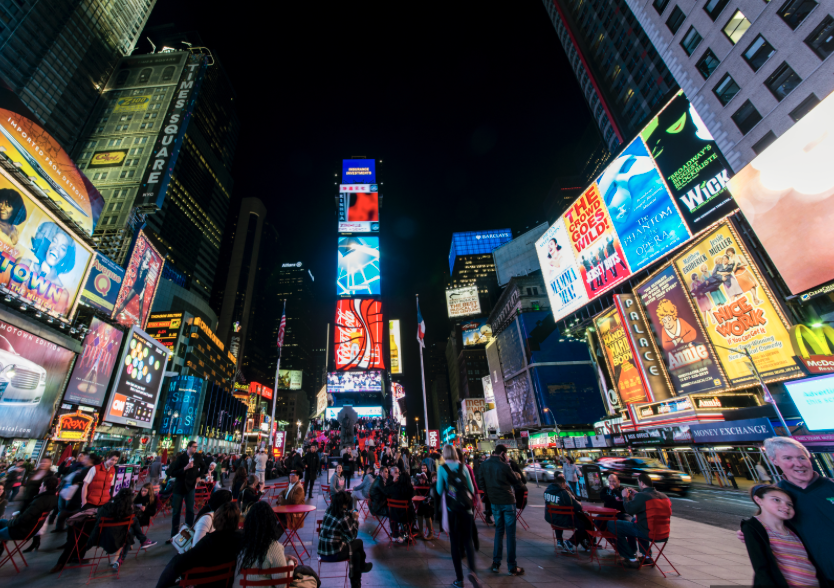
45
New cards
Little India, Singapore
A visibly ethnically-bound space with an “authentic heritage” who appeal attracts tourists and locals, plays an important role as a hub of affordable and familiar goods and services for South Asian workers; a fatal road accident triggered a crowd of nearby migrant workers to “riot” → measures were implemented to deter activity - police cameras, more streetlights, and a ban on alcohol sales during days/times when migrant workers are known to congregate
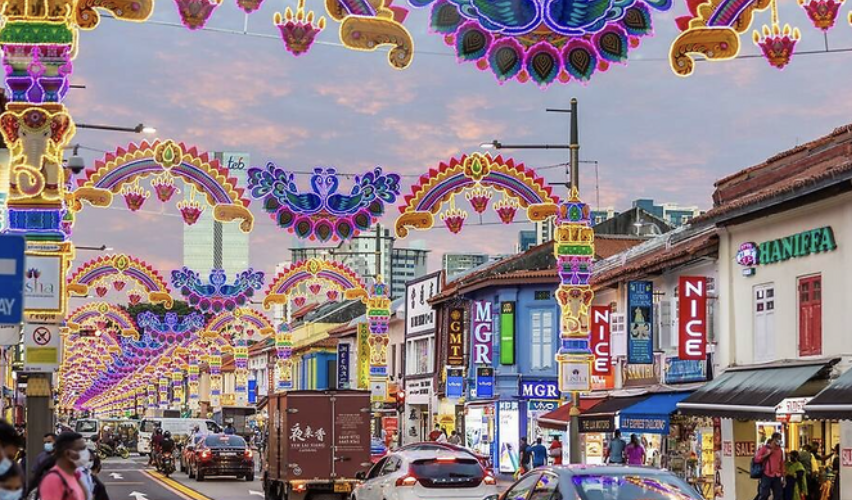
46
New cards
3 key lessons to take from Little India
1) most urban agendas today promote a standard experience of nightlife 2) expanding public receptivity for the varied possibilities of public space use after dark is critical if nightlife is to be viewed as a positive urban asset → less demonizing 3) more imaginative thinking is needed to generate alternative methods to the contentious practice of surveillance ex. innovative light design
47
New cards
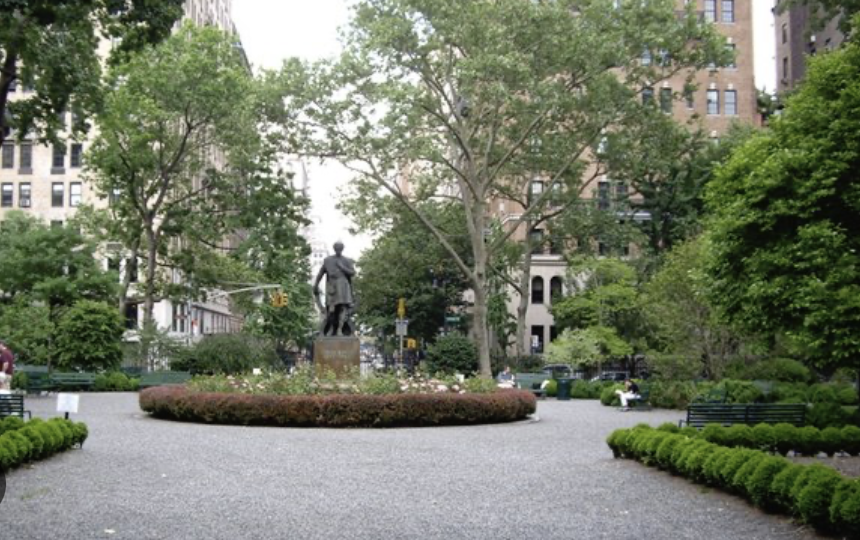
Gramercy Park, NY
Gated, private, 2-acre park; key holder once took a group of minority kids to the park, they were kicked out, settlement reached and they had permission to visit on MLK day each year → key holders rejected this and instead increased the settlement to remove the right to return
48
New cards
What are characteristics of divided cities?
Gated communities, gated condo complexes, new cities built from scratch, single family zoning, slum clearance
49
New cards
Eradicating slums
Often a form of marginalization, clearing slums to make way for luxury housing doesn’t solve the housing issues or underlying poverty, “for the poor” but never driven by the poor
50
New cards
Examples of recrafting exclusionary policies
Gated communities are banned in China, foreign ownership of property is banned in New Zealand, formalization of hawks (mobile food sellers) in Singapore
51
New cards
Jakarta’s water crisis
Jakarta is increasingly characterized by luxury real estate developments and high-profile infrastructural projects, but is experiencing a water crisis with unavoidably disruptive flooding, rising sea levels, and scarce water supplies → urban growth trajectories across world-class cities have contributed to increasing environmental risk to hazards such as flooding → extraction, water pollution, water shortages, stormwater management, and flood risk - not natural but socially produced by political and economic structures
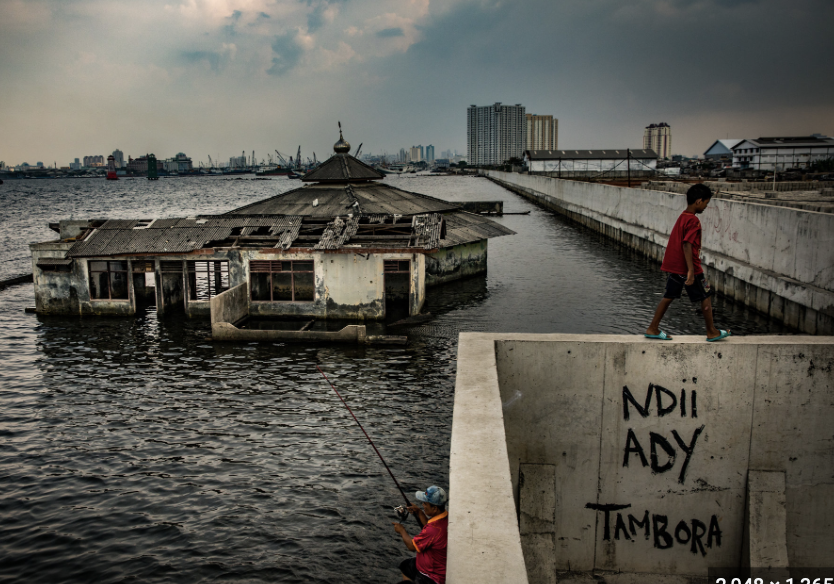
52
New cards
Land reclamation
When land that has been disturbed is returned to an equivalent landscape with self-sustaining native vegetation
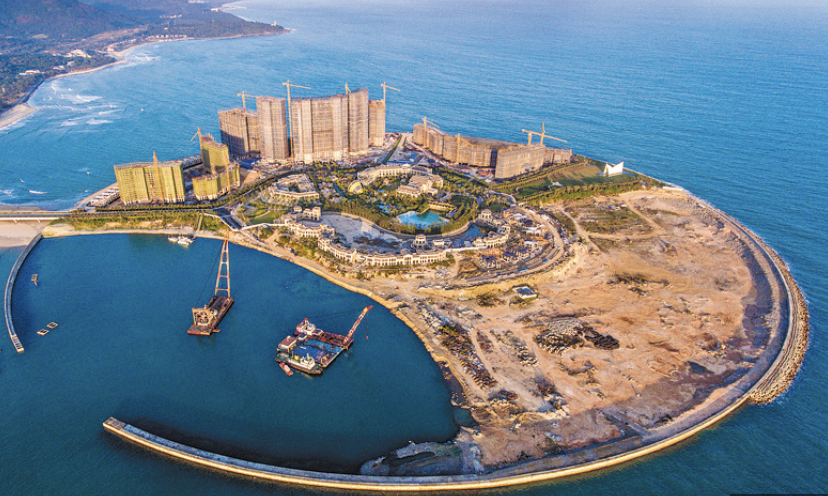
53
New cards
Interreferencing
Aspiring to make one city similar to another, global city ex. “The Dubai of…”
54
New cards
Bangalore
Has transformed from a garden city to India’s Silicon Valley, few regulations for industry, companies like relocating there because there are few labor or environmental laws, rise of a neoliberal city, seen as a template to follow, massive land grabbing to feed demand for housing office space, commercial
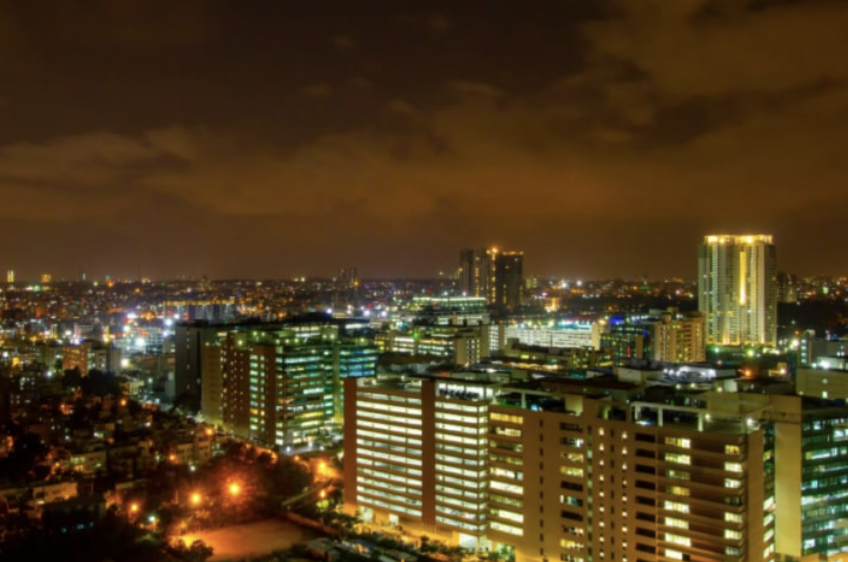
55
New cards
Expropriations of Land
Marginalizes the already-poor, if you’re literate and know your rights, you can be rich, but if you don’t, you can lose a lot of money, landless farmer laborers lose their land and commit suicide
56
New cards
Fake suits
Land is grabbed and sold when the land doesn’t actually exist or is already sold
57
New cards
University Towns in China (Guangzhou)
100 university towns constructed in China, not just one town and one school, one town with many schools, uni towns are a strategy for local governments to profit from higher values of land → uni tows have been built so quickly bc of an increased demand for skilled workforce, expansion in enrollment, and they are a strategy for the states to raise revenue by raising the value of land in surrounding areas, 10,000 villagers relocated, densification, the speculative urban projects can be risky to banks and private investors, infrastructure is a major problem (3-4 hours to travel 40 miles), few opportunities for training and internships for students in and around uni towns
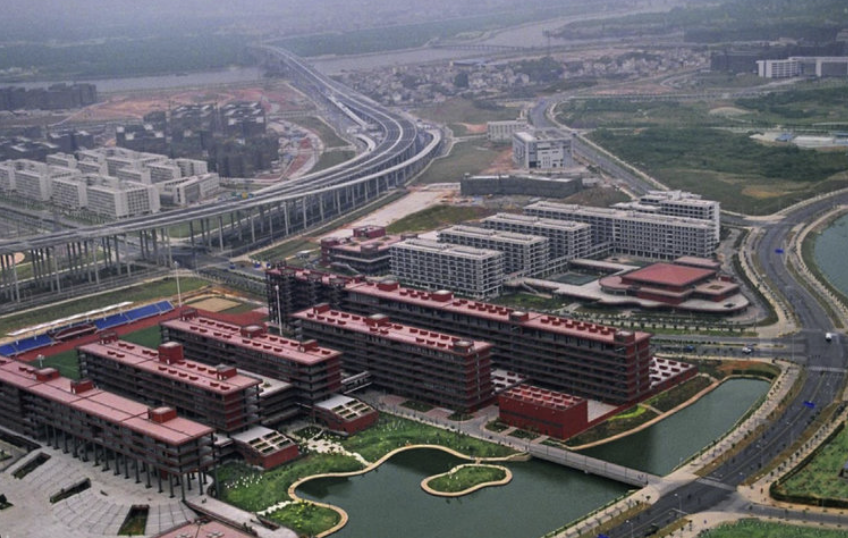
58
New cards
Signs of speculative urbanism in China
Real estate speculation and development projects are implemented in a preemptive manner (assumes that demand will follow), state-funded high-speed railway projects, the construction of ghost towns, housing prices in the commercial housing sector have risen beyond the financial means of an average urban household
59
New cards
Environmental speculation
New form of speculation, creates new opportunities for capital accumulation, investing in land on the basis that it is safe from non-human factors like flooding (defies logic bc they are building on sinking islands)
60
New cards
Gentrification in East Asia
Largely exists in the form of new-build gentrification → dilapidated neighborhoods for poor people were cleared for affluent upscale residential and commercial complexes
Helped by the powerful presence of the developmental state and the Party state in mainland China → transferring public assets into private hands, slum clearance - referred to as state-led gentrification
Helped by the powerful presence of the developmental state and the Party state in mainland China → transferring public assets into private hands, slum clearance - referred to as state-led gentrification
61
New cards
Why is it difficult to contest gentrification in East Asia?
The heavy presence of the state that uses violence or authoritarian attitudes to suppress protests, the persistent culture of property built on the material affluence brought on by real estate investments
62
New cards
The Korean development state
Aiming for rapid modernization and economic growth, Korea regarded the city as a growth machine and has conducted urban development projects to foster economic growth → the state has used its planning power against the actual needs of the majority - decreased the number of existing housing units and increase the number of high-quality, large and expensive housing units
63
New cards
Urban development
Transforms neighborhoods from areas with affordable housing into expensive high-rises for middle upper-middle income residents → as a result, urban redevelopment has caused wealth to be concentrated in a few people with a few places
64
New cards
Hangangro
90% of housing is deemed to be in bad conditions, under the current plan by the government, 90% of tenants have no chance of returning because they won’t be able to afford the newly built housing, 80% of property owners are absentee landlords → in Korea, gentrifiers are not always outsiders because of the nature of the urban redevelopment system, In contrast to the West, where gentrifiers tend to come from outside the neighborhood
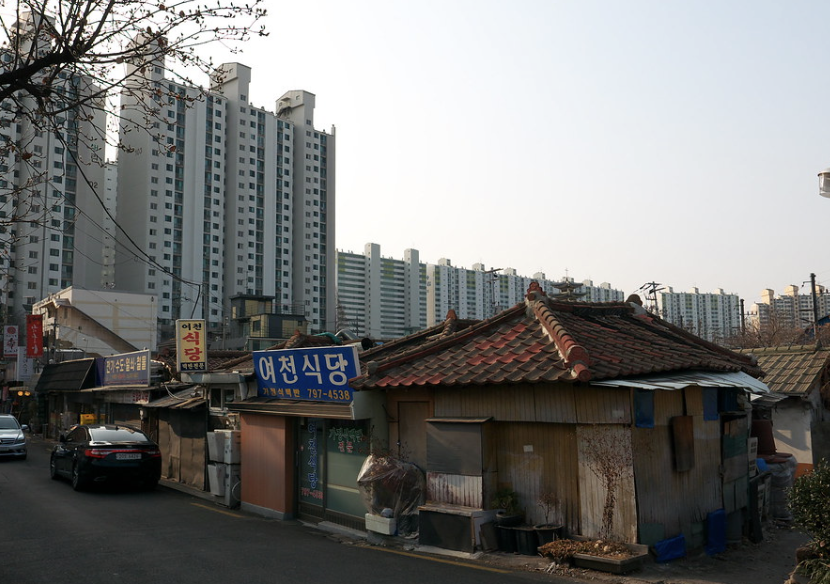
65
New cards
What is the general definition of gentrification?
The process by which working class areas are transformed into middle class residential or commercial areas
→ emerging phenomenon - only been a feature of industrialized cities since the mid-1960s
→ controversial because it can create rapid neighborhood change and may cause significant displacement and housing affordability issues
→ emerging phenomenon - only been a feature of industrialized cities since the mid-1960s
→ controversial because it can create rapid neighborhood change and may cause significant displacement and housing affordability issues
66
New cards
Mile End, Montreal
Used to be composed of Eastern European Jews, Greeks, Portuguese, Polish, German, and Italian settlers who worked in factories, the garment industry’s collapse caused a wide-scale disinvestment of capital in the neighborhood, affordable → artists move in, huge incentive provided for tech companies to move in, city planners launch reinvestment plans, has become an art and tech hub
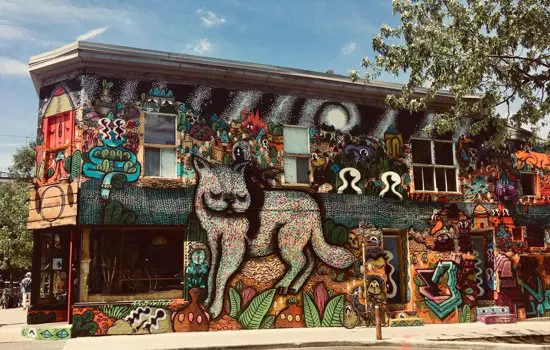
67
New cards
Renoviction
Montreal-centered term, refers to the practice of kicking out tenants, making renovations, and then jacking up the rents for those who move in
68
New cards
Loretta Lees
Professor and activist, emerged as the most powerful anti-gentrification voice
69
New cards
Racialized dimensions of gentrification (Alisha Fisher)
Believes communities should be the priority of any development plans, displacement should be understood in relation to histories of racial discrimination, gentrification destroys neighborhood support networks, new mixed-income neighborhoods often result in an intensification of inequality, school segregation, tensions → gentrification is presented as false choice urbanism: a choice between growth, or decay and decline
70
New cards
Super-gentrification
The conversion of prosperous, already gentrified and solid upper-middle-class neighborhoods into much more expensive and exclusive enclaves - billionaires pushing out millionaires
71
New cards
Iceberg homes
Tunneled stories underground for bowling alleys, swimming pools, etc., usually found in London

72
New cards
What are some strategies to combat gentrification?
* Renovate urban places without displacing longstanding lower income groups
* Foster economic growth opportunities in low-income communities
* Change existing zoning regulations → change zoning from single-family homes to mixed-used, mixed income properties
* Increase community ownership - they can keep assets affordable and make sure they are retained for the community
* Tax vacant properties to free up housing stock
* Regulate or ban short-term rentals to free up housing stock - AirBnb
* Foster economic growth opportunities in low-income communities
* Change existing zoning regulations → change zoning from single-family homes to mixed-used, mixed income properties
* Increase community ownership - they can keep assets affordable and make sure they are retained for the community
* Tax vacant properties to free up housing stock
* Regulate or ban short-term rentals to free up housing stock - AirBnb
73
New cards
Single-unit residential
Creates a shortage of affordable housing since multi-family dwellings, such as apartment buildings, can’t be built
Many families displaced from multi-family dwellings in urban areas cannot afford to move into single-family communities
By breaking up zoning laws, more affordable housing can be created
Many families displaced from multi-family dwellings in urban areas cannot afford to move into single-family communities
By breaking up zoning laws, more affordable housing can be created
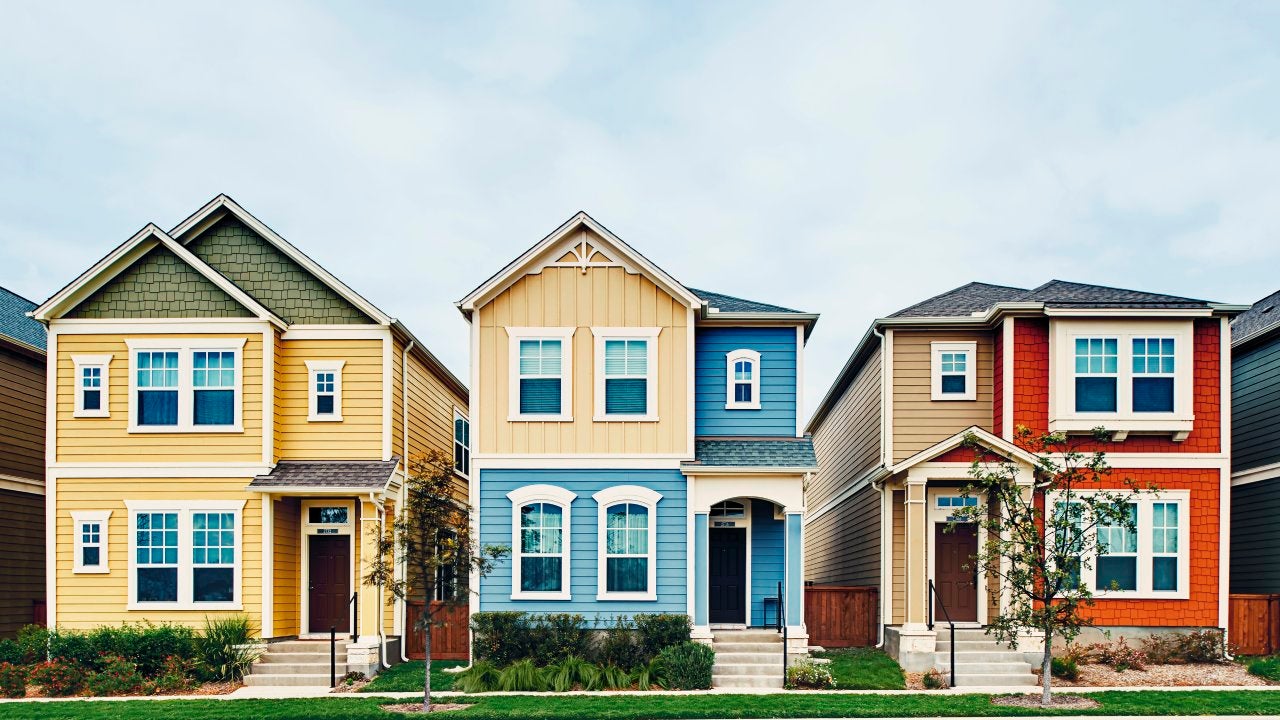
74
New cards
What are some real life examples of anti-gentrification laws?
* New law requires Oregon cities with more than 1,000 residents to allow duplexes in areas previously zoned exclusively for single-family homes
* Minneapolis has followed suit - allows duplexes and triplexes to be built anywhere in the city
* Minneapolis has followed suit - allows duplexes and triplexes to be built anywhere in the city
75
New cards
Yongsan, Korea
Close to downtown, deteroirated due to huge rail yard and a US army base in the middle of the district, relocation of the rail yards resulted in urban development projects, many residents evicted, protests were held against evictions, 7 people died
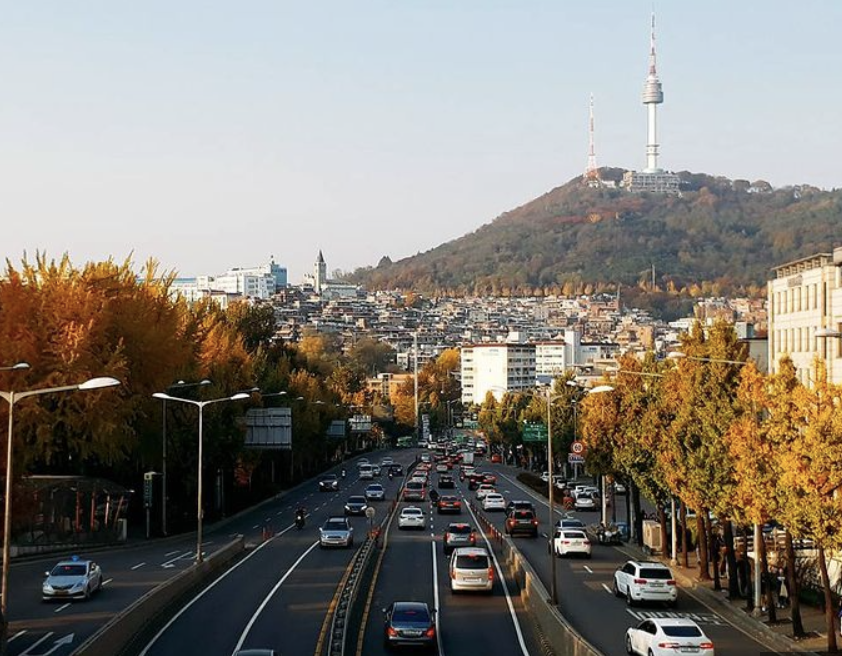
76
New cards
What are unique aspects of Korean gentrification?
Combination of state police and private capital is unique from the west, not an easy dichotomy between winners and losers → winners are small property owners, as are the losers, in Korea, gentrifiers are owner-occupiers or absentee landlords, not coming from outside
77
New cards
What are some criticisms of gentrification as a concept?
Gentrification is highly depend on the contextual causality and its generalized use will not remove its contextual attachment to Anglo-American metropolis
Just because the end result is similar in all contexts (wealthy people displacing poor people) doesn’t mean the causes are all the same
Just because the end result is similar in all contexts (wealthy people displacing poor people) doesn’t mean the causes are all the same
78
New cards
Community
A group of people who share commanalities of culture, values, or interests
79
New cards
Global cities literature
A literature in geography and urban studies that emerged in the 1980s; focused on understanding the ways in which cities are related to the organization of the contemporary global economy
80
New cards
What is the primary criteria for defining a city’s globalness?
Economic command and control → London, New York, and Tokyo share characteristic production sectors and employment clusters
81
New cards
Advanced producer services (APS)
Services that transnational corporations need if they are to operate effectively in many different contexts across the world - includes insurance, banking, finance, real estate, legal, accounting, and advertising services, business consulting, and professional organizations
82
New cards
What are the two myths about globalization?
1. place is no longer significant - APS activities are embedded in certain places because the economy is globalized, not despite of the process
2. claims about its universal benefit - in fact, global capitalism thrives on uneven development
83
New cards
Globalizing cities
A term used to indicate that being a global city is, for some cities, a goal that their elites strive towards, while for others, it is a status that is always in process and must be maintained
84
New cards
What are Robinson’s 3 critiques about the approach to global cities?
* global cities literature suffers from an underlying developmentalism → the unquestionable acceptance of a specific Western notion development as the path to improving the lives of people in poor countries
* there are issue related to how we identify and define the things or processes that we study → “global cities” is too simple and universal
* if a poor city puts its limited resources into becoming a global city, its resources are being used to fund the needs and aspirations of the few, instead of the many
* Bonus! - the notion of the “citadel” and “ghetto” captures only 2 extremes and fails to capture the range of employment opportunities or social circumstances in the cities
* there are issue related to how we identify and define the things or processes that we study → “global cities” is too simple and universal
* if a poor city puts its limited resources into becoming a global city, its resources are being used to fund the needs and aspirations of the few, instead of the many
* Bonus! - the notion of the “citadel” and “ghetto” captures only 2 extremes and fails to capture the range of employment opportunities or social circumstances in the cities
85
New cards
Policy mobilities
Focuses on the socially produced and circulated forms of knowledge that address how cities are governed → insists that policies are not merely local, but that they develop in and are shaped by various networks
86
New cards
Ancient global cities
All located along complex networks
* Timbuktu - located along the trans-Saharan caravan trade route
* Alexandria and Venice both contained main trade ports between the East and West
There is nothing new about global cities
* Timbuktu - located along the trans-Saharan caravan trade route
* Alexandria and Venice both contained main trade ports between the East and West
There is nothing new about global cities
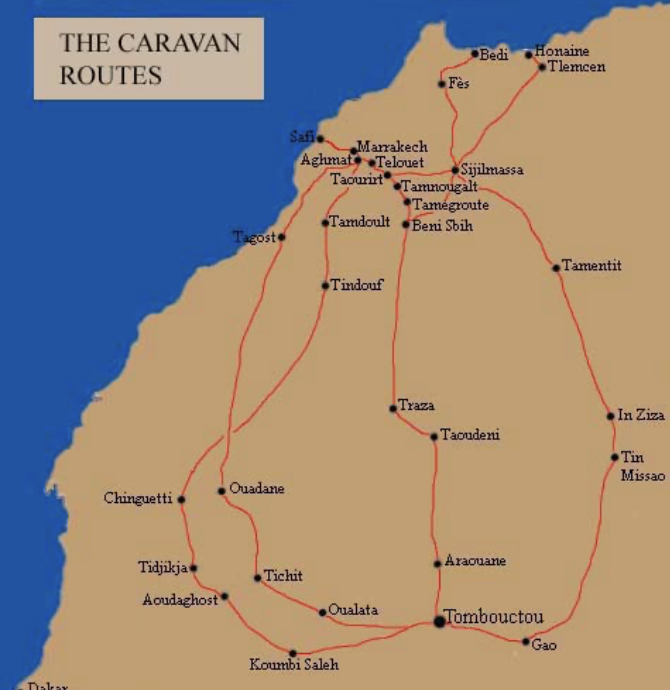
87
New cards
What are some characteristics of global cities?
* Have clusters of transnational elite professionals
* Integrated into the global economy in particular ways
* Marked by distinct divisions and inequalities
* Increase in precarious, informal, and illegal employment, often involving immigrants, women and children ex. 9/11 employees were often immigrants, most of their identities remain unknown, family scared to come forward to apply for aid
* Integrated into the global economy in particular ways
* Marked by distinct divisions and inequalities
* Increase in precarious, informal, and illegal employment, often involving immigrants, women and children ex. 9/11 employees were often immigrants, most of their identities remain unknown, family scared to come forward to apply for aid
88
New cards
What was Saskia Sassen’s analysis of global cities?
Sassen is interested in which cities have major clusters of APS activities and in how such capacities are generated
Sassen argues that APS firms are more crucial but less visible than corporate headquarters
He argues that place still matters and is not eroded and that global capitalism thrives on uneven development, not that it is beneficial to everyone
Sassen argues that APS firms are more crucial but less visible than corporate headquarters
He argues that place still matters and is not eroded and that global capitalism thrives on uneven development, not that it is beneficial to everyone
89
New cards
What are 3 additions to expand the global cities scholarship?
* LA’s globalness is not just located at its core, but it built across SoCal
* growing efforts to identify globalness of other cities as diverse as Delhi, Mexico City, Mumbai, etc.
* Use the term “globalizing cities” rather than “global cities” → emphasizes that globalization is a process rather than an end state and it affects all cities, not just a few
* growing efforts to identify globalness of other cities as diverse as Delhi, Mexico City, Mumbai, etc.
* Use the term “globalizing cities” rather than “global cities” → emphasizes that globalization is a process rather than an end state and it affects all cities, not just a few
90
New cards
What are some critiques of the dominant global cities approach?
* Some critical urban geographers question the validity of the categories and criteria used to create the notion of the global city
* they worry about the conceptual and political consequences of placing this definition of globalness at the heart of our discussion of cities in the world
* they worry about the conceptual and political consequences of placing this definition of globalness at the heart of our discussion of cities in the world
91
New cards
Cyberabad, India
Located in Hyberabad, a world-class high-tech enclave that helped the state claim a global connectivity and attract private investment, but it also brought forth issues of displacement and loss of livelihood for locals
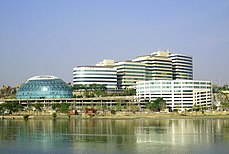
92
New cards
Knowledge Parks
Also called high-tech enclaves, they have emerged as a key urban development in major Indian cities, especially since the 1990s
93
New cards
What are some issues with Cyberabad?
* Premium modern infrastructure were proposed for the Cyberabad region, while other parts of the city struggled to develop basic infrastructure such as roads, power, and water
* The inhabitants of the villages on which Cyberabad is imprinted were evicted
* The inhabitants of the villages on which Cyberabad is imprinted were evicted
94
New cards
Nanakramguda, India
Village on which Cyeberabad was built, villagers used legal proceedings to try and fight back against evictions but realized it was not enough, turned to writing letters to ministers, press releases, and media coverage, villagers sought alternate sources to sustain themselves such as establishing tea shacks, food and veggie stalls for construction workers
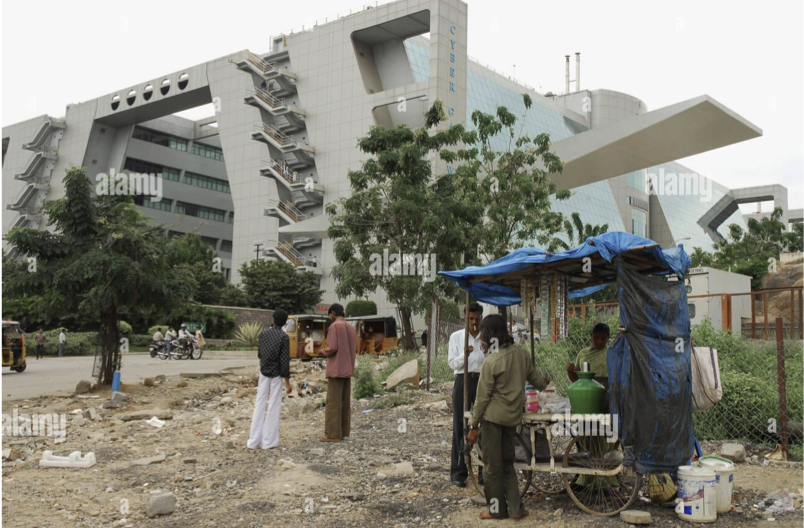
95
New cards
Ordinary Cities
Studying the ordinary people’s lives as opposed to global cities
* how they survive, struggle and are resilient despite vast inequity
There are things to be learned from all cities, not just from the largest and most influential cities and the most powerful people
* how they survive, struggle and are resilient despite vast inequity
There are things to be learned from all cities, not just from the largest and most influential cities and the most powerful people
96
New cards
Digital Divide
Rapid increase in economic growth and global connections, further marginalization of the poor who are unable to participate in the knowledge economy
97
New cards
Dabbawalas
In Mumbai, India; delivery and return system that delivers hot lunches from homes and restaurants to people at work, recognized as one of the world’s most efficient logistics systems, mistakes are rare, most dabbawalas are semi-literate and manage themselves → proof that with the right system, ordinary workers can achieve extraordinary results
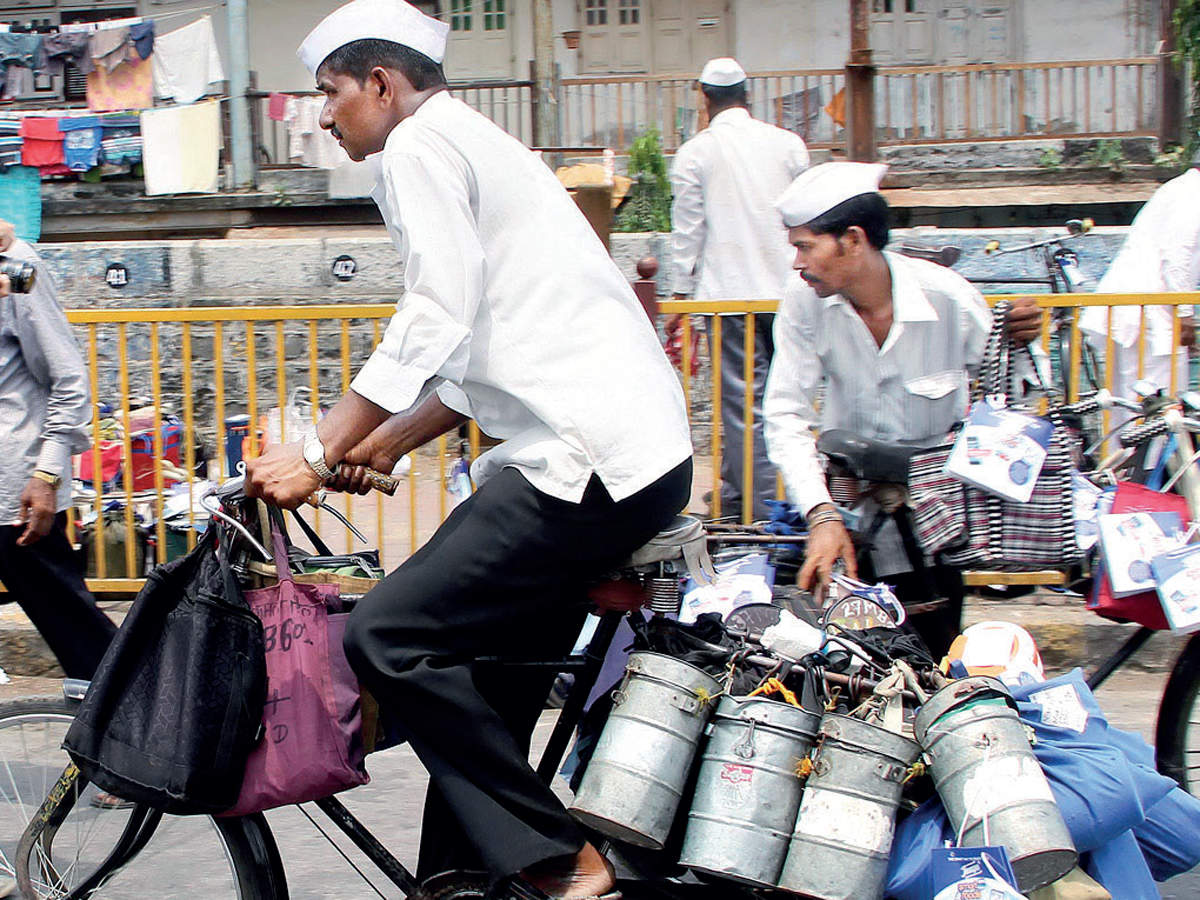
98
New cards
Mourides informal banking
In Senegal; Mouride is a fast-growing minority Muslim group; they have lots of trust within the community but not elsewhere; they do not use banks, instead they have a trust-based money transfer system where transactions between America and Africa can be done by telephone → trust is key, seen as a model minority in NY
99
New cards
Islamic banking in Kuala Lumpur
Islamic banking is a Sharia-compliant finance that complies with Islamic law; first Islamic bank in Malaysia est. 1983, 2 trillion was Sharia-compliant by 2014 → huge demand, growing faster than banking assets as a whole and is projected to continue to do so, Malaysia leveraged its position as a non-Arab country on the periphery of the Muslim world

100
New cards
Used clothing markets in Lusaka, Zambia
Donated second-hand clothing from the west to Africa is worth 5 billion a year, vast amount of clothing end up in landfills, the flood of clothing has destroyed the textile industry in Zambia and many other African countries, 40% of products are discarded due to poor quality → Zambian art and fashion made from up cycling used clothing, Rwanda banned the import of second-hand clothing from western countries → foster domestic cloth industry, preserve dignity, and prevent unusable clothes from entering landfills
